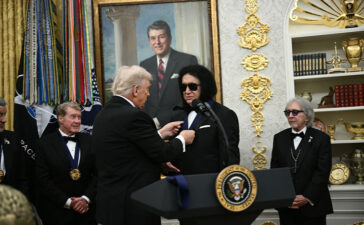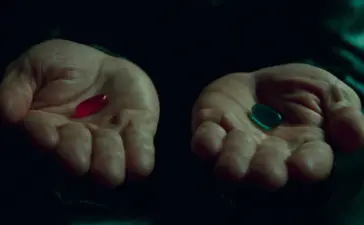A year ago, AI was coming for everyone’s job. Now it’s coming for the economy. What started as Silicon Valley’s next revolution is looking more like another tech bubble about to burst.
The same people who swore AI would change everything are now worried it might crash the system that made it possible.
The warning signs have been piling up. Big tech companies are spending billions to stay ahead, while investors are quietly backing away. Computer Weekly recently described it as a bubble built on hype, not stability. We were told AI would take half the world’s jobs, but now the fear has flipped. It’s not just about automation anymore, it’s about what happens when the hype runs out of money.
At the same time, there’s a growing rebellion against the machines. Artists, writers, and filmmakers are drawing battle lines over how AI was trained. Their argument isn’t with the tools themselves but with how they were built. Models fed on the unpaid work of creatives are turning other people’s art into “innovation.” Wired called it a cultural backlash, and it’s spreading fast. It’s not just about stolen art styles; it’s about ownership of creativity itself.
The anger makes sense. When companies train AI on millions of creative works without consent, it feels like theft with a shiny new interface. It’s the same old story: corporate convenience disguised as progress. But the backlash has also created a weird kind of paralysis. People are starting to resist any kind of automation, even when it doesn’t touch creative territory. The problem is, not every task is sacred. Some things are just dull. Data entry, admin work, and endless paperwork — those aren’t the front lines of artistic integrity.
That’s where the conversation needs to evolve. It’s fine to protect creativity, but it’s also fine to use technology to free up time for it. Not every form of assistance is selling out. A student who decides to outsource essay writing to a service like WriteMyEssay isn’t killing creativity, they’re outsourcing the mechanical side of writing so they can focus on the thinking, analysis, and originality that actually matter. The same logic applies to anyone using AI writing tools for structure, research, or editing. The value comes from what you do with the time that’s left.
Harvard’s Ash Center recently noted that the collapse of the AI hype cycle might actually be a good thing. When the gold rush ends, the real work begins. The shakeout could force developers and users alike to find balance between automation and originality. It could turn AI from a marketing buzzword into something genuinely useful.
Maybe this is the correction we needed. The end of the illusion that AI would replace everyone, and the start of a quieter, more realistic phase where it simply helps. The technology isn’t the villain, and it’s not the savior either. It’s a mirror. What it reflects depends on how we use it.










